There can be your advertisement
300x150
Yin and Yang: or 8 Simple Secrets of Harmony in Feng Shui
Analyze your lifestyle, inner feelings and fill your home with the right atmosphere for you
You have certainly heard about the balance of yin-yang and how important it is in creating a harmonious home according to feng shui. What is yin and yang? Fundamentally, two opposing qualities of an object or phenomenon that together create energy. It's like in a battery – positive and negative create the charge.
Yin elements fill space with active energy, while yin elements create a soft and calm atmosphere in the interior. But how can you use yin and yang to fill your home with harmony? There is no universal recipe – each harmony is unique. There are tips, and we share them with you along with Irina Simakova.
Irina Simakova is a Feng Shui Consultant of the Association of Feng Shui in Great Britain and Europe (FSS) and the International Forum of Feng Shui (MFFSh). She believes that a home is a mirror reflection of a person's life. Everyone can change their life by transforming the space around them.
1. Consider the purpose of the room
Room decoration should not be done purely in yin or yang style. Energy will only be full when combining both polarities, as in feng shui we avoid extremes and strive for the golden mean.
There are no exact proportions of how much yin decor should be used versus yang – it all depends on your lifestyle and inner feelings. Some need a living room for family and friends gatherings, work, and active leisure (more yang), while others require a cozy place for reading books and quiet family evenings (more yin).
Yin rooms – bedroom, bathroom.
Yang: hallway, kitchen, office, playroom, living room.
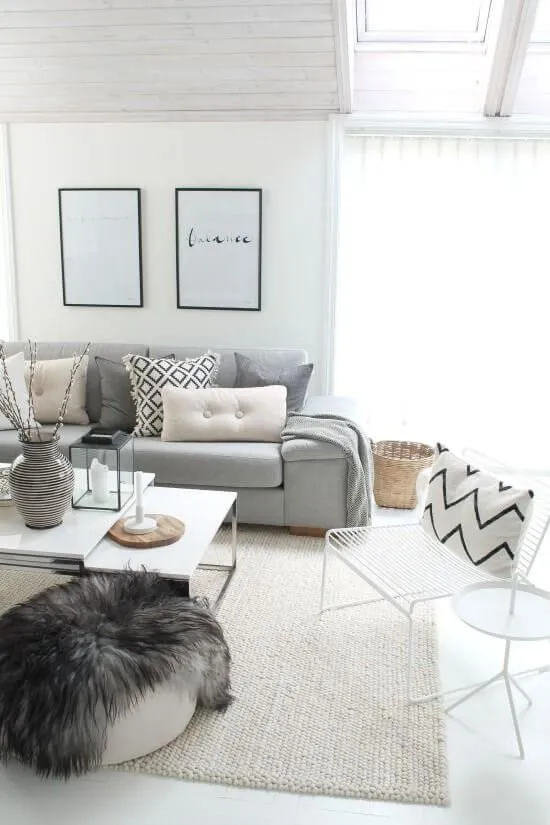 2. Use Patterns
2. Use PatternsEven just choosing a different print for pillowcases on decorative pillows can significantly change the yin-yang ratio. The size of the pattern also matters – the larger it is, the more it relates to yang energy.
Yin Patterns – flowing lines, rounded and irregular shapes, small patterns, all floral patterns.
Yang Patterns – graphic and geometric patterns, straight and sharp shapes, lines, abstraction.
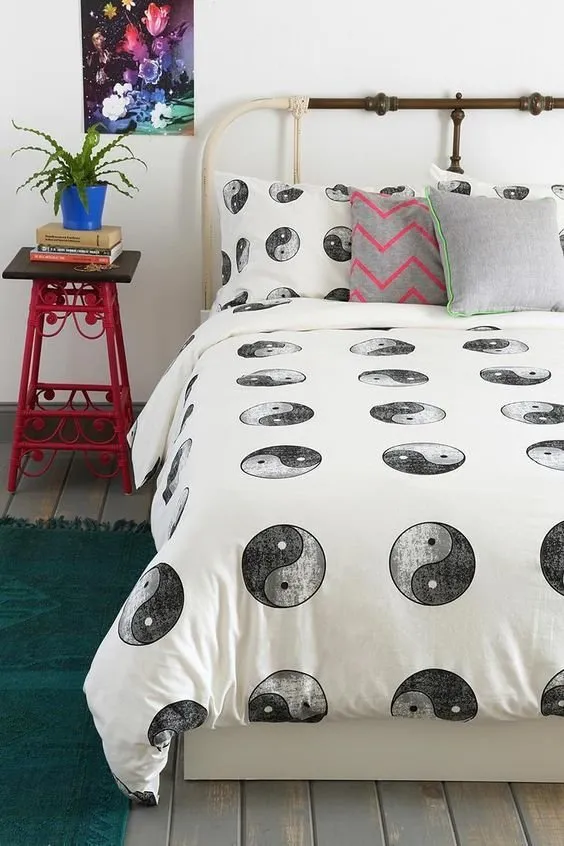 3. Add Light
3. Add LightIn rooms where you spend most of your time and need activity, sufficient sunlight is required. If natural light in these rooms is low, compensate with artificial lighting and other yang elements. For quick atmosphere changes, it's convenient to use dimmable lighting and layered lighting.
Yin Energy: soft and diffused light, side lighting, wall sconces, table lamps, candles, various niche lighting, pictures.
Yang Energy: sunlight, bright artificial lighting, ceiling lights, chandeliers, floor lamps, daylight lamps.
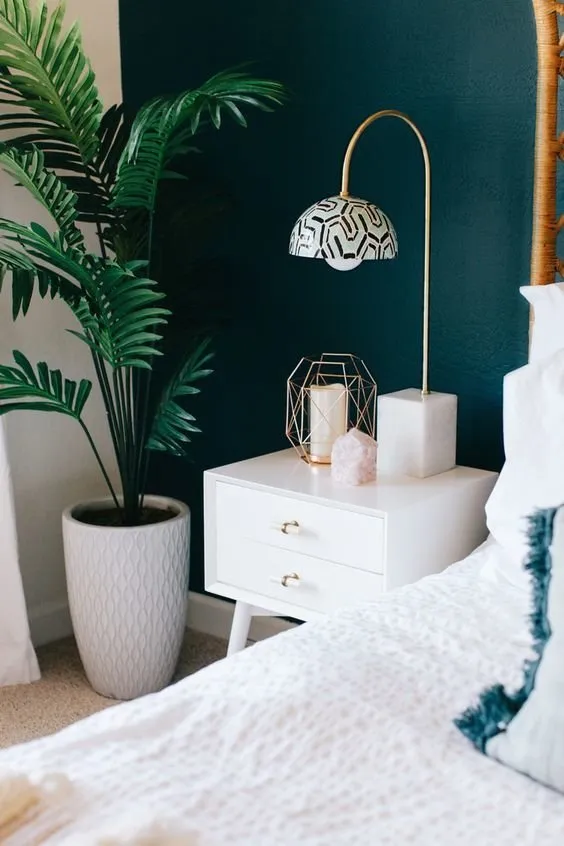 4. Choose the Right Color for You
4. Choose the Right Color for YouRemember that the effect of color influence depends not only on the scale of its use but also on the texture, pattern, and shape of the object.
Yin: blue, purple, dark and cool colors, as well as all muted and pastel shades.
Yang: white, red, orange, green, all saturated and vibrant colors + light and warm tones.
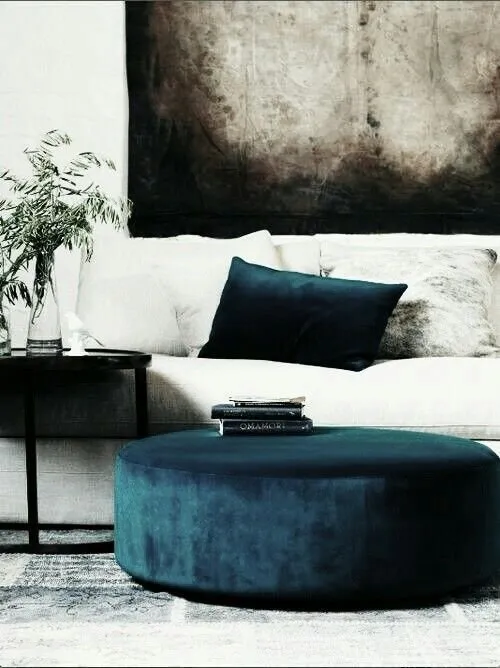 5. Furniture and Interior Also Matter
5. Furniture and Interior Also MatterFor example, low ceilings (yin) can be balanced with vertical lighting (yang), and a TV or fitness equipment shouldn't belong in the bedroom.
Yin: heavy and low furniture, low ceilings, books, various small items.
Yang: tall items and ceilings, furniture on wheels, large items, appliances.
 6. Plants and Animals – Positive Emotions
6. Plants and Animals – Positive EmotionsPlants represent a very favorable living yang energy, but if there are too many of them, it can cause an imbalance towards yin. Also, be careful and try not to choose plants with sharp and aggressive leaf shapes (strong yang) or trailing and drooping plants and artificial flowers (strong yin).
Homeowners of pets don't need to worry about lack of yang energy. Your beloved pets are an inexhaustible source of movement, activity, and positive emotions.
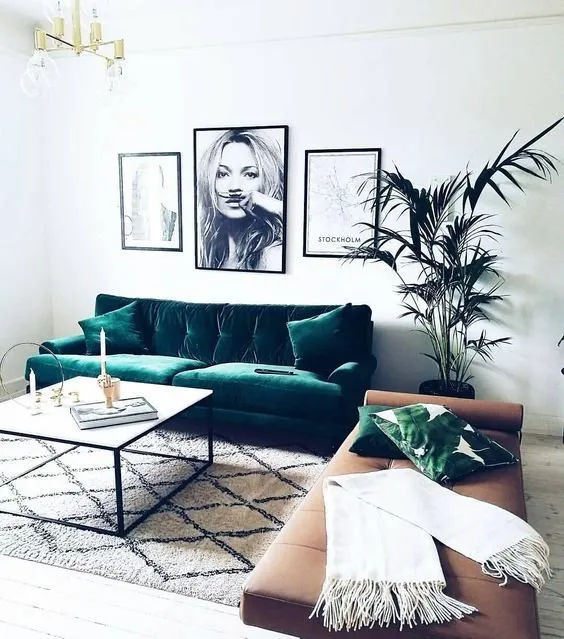 7. Don't Forget About Decor and Accessories
7. Don't Forget About Decor and AccessoriesIt's rare to find an item that purely represents yin or yang – it is always a mix with one quality prevailing. If you're unsure what category an object belongs to, try listening to how it feels inside you: do you feel cozy and calm around it or do you sense motion and strength?
Yin: soft, textured and matte surfaces, horizontal elements, textiles, pillows, throws, carpets, wood, ceramics.
Yang: vertical, bright elements + smooth and glossy surfaces, hard and solid items, metal, glass, plastic, mirrors.
 8. Quantity of Items in Composition
8. Quantity of Items in CompositionYou can also play with yin-yang using different numbers of decorative items. Odd numbers relate to yang, even numbers to yin. A classic example is a mirror or console table with pairs of identical lamps (vases, candlesticks, etc.) on either side.
When there are many small items and trinkets in decor, it doesn't make sense to count them – they will always create more yin. Therefore, it is often recommended not to clutter your home with small items.
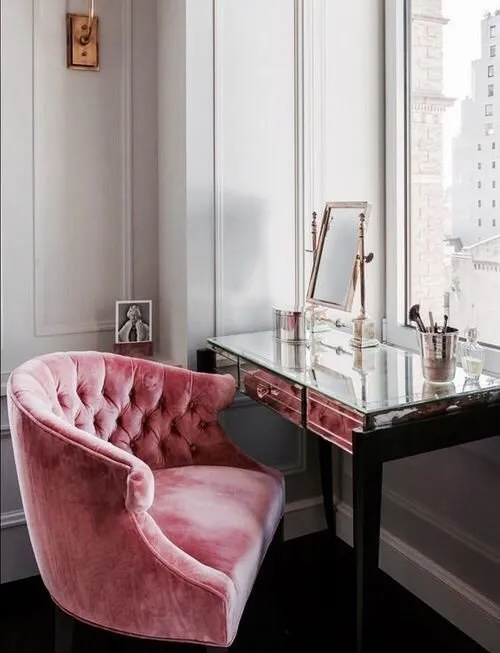
More articles:
 How to Beautifully Wrap a Gift: 8 Simple Ways
How to Beautifully Wrap a Gift: 8 Simple Ways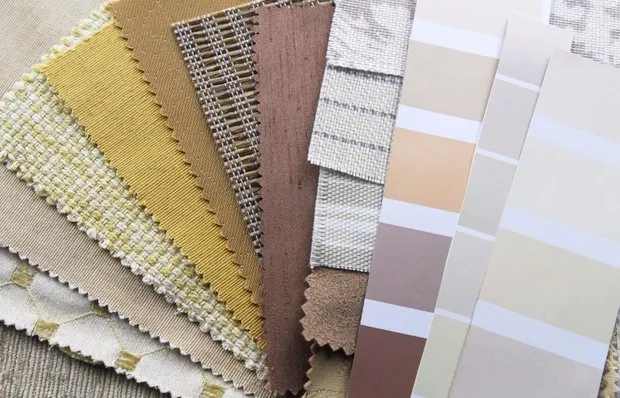 How to Properly Make Paint Samples for Walls: Tips from a Professional
How to Properly Make Paint Samples for Walls: Tips from a Professional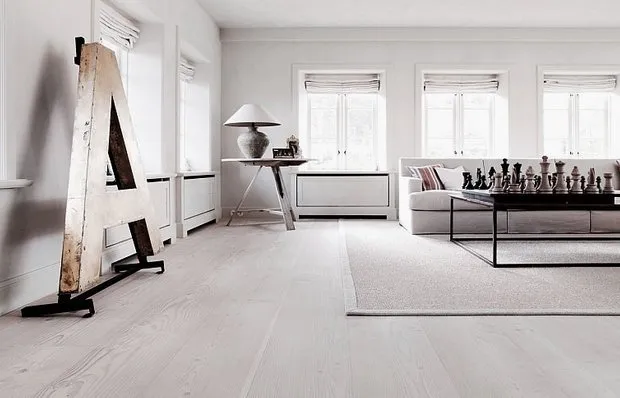 How to Make a Perfectly Flat Floor Yourself
How to Make a Perfectly Flat Floor Yourself Fines, Taxes, Interest: What Will 2017 Bring Us
Fines, Taxes, Interest: What Will 2017 Bring Us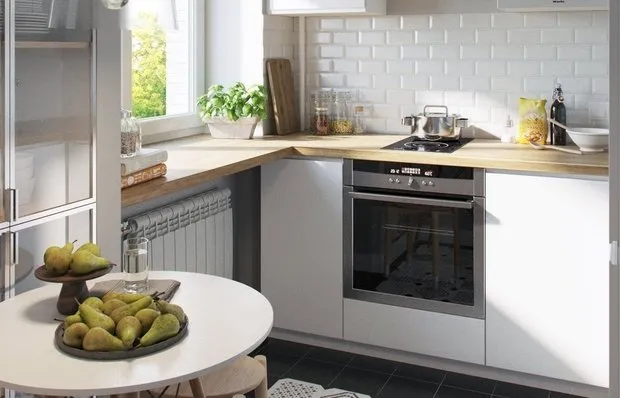 3 Best Layout Options for a Rectangular Kitchen
3 Best Layout Options for a Rectangular Kitchen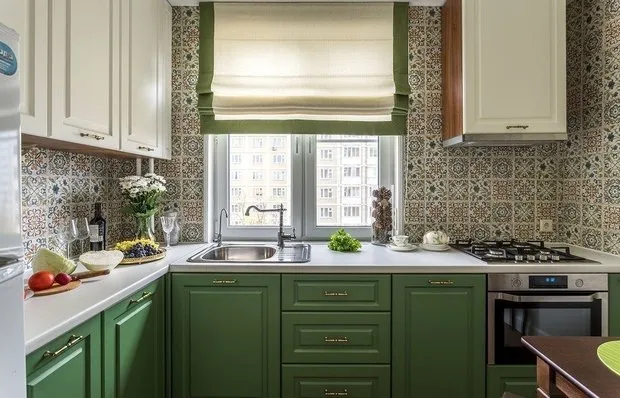 How to Make a Small Kitchen Comfortable: 10 Proven Ideas
How to Make a Small Kitchen Comfortable: 10 Proven Ideas 3 Kitchen Layout Options in a Panel House
3 Kitchen Layout Options in a Panel House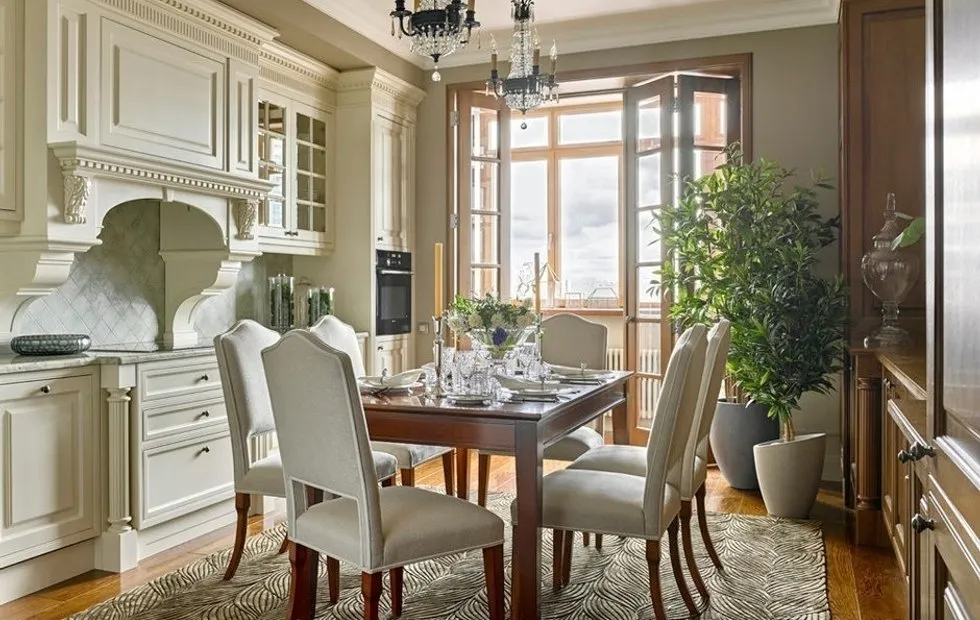 10 Best Apartment Interiors by Designers
10 Best Apartment Interiors by Designers